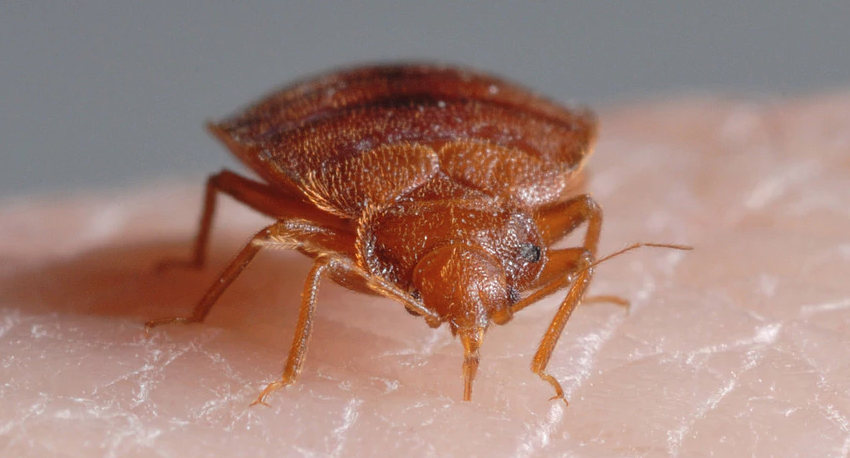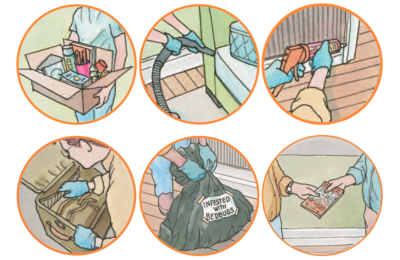Bed Bug Biology and Behavior
Let us help you. You may be able to find an answer for your question by viewing the FAQ page. Otherwise, please let us know how we can help you by filling out the inquiry form.
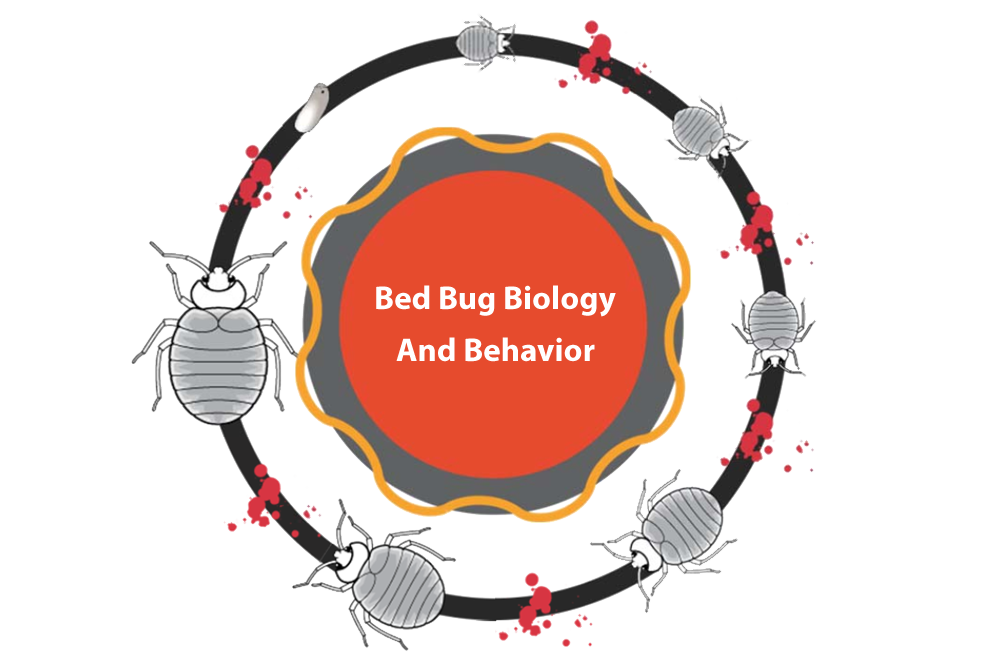
If you are looking for more information on the subject matter covered here, many resources are available on the resources page for download:
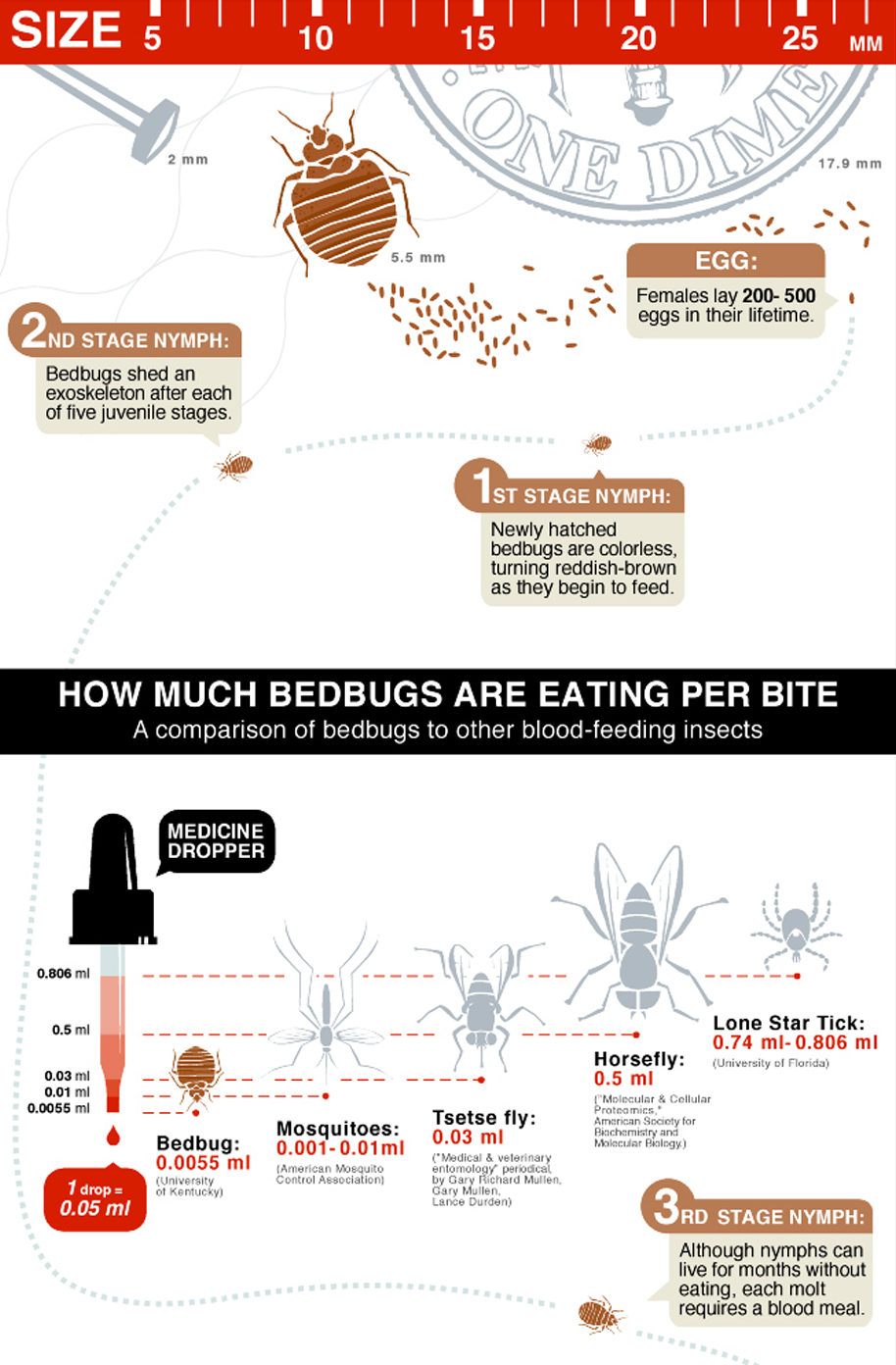
This is just some placeholder text. Click to edit it.
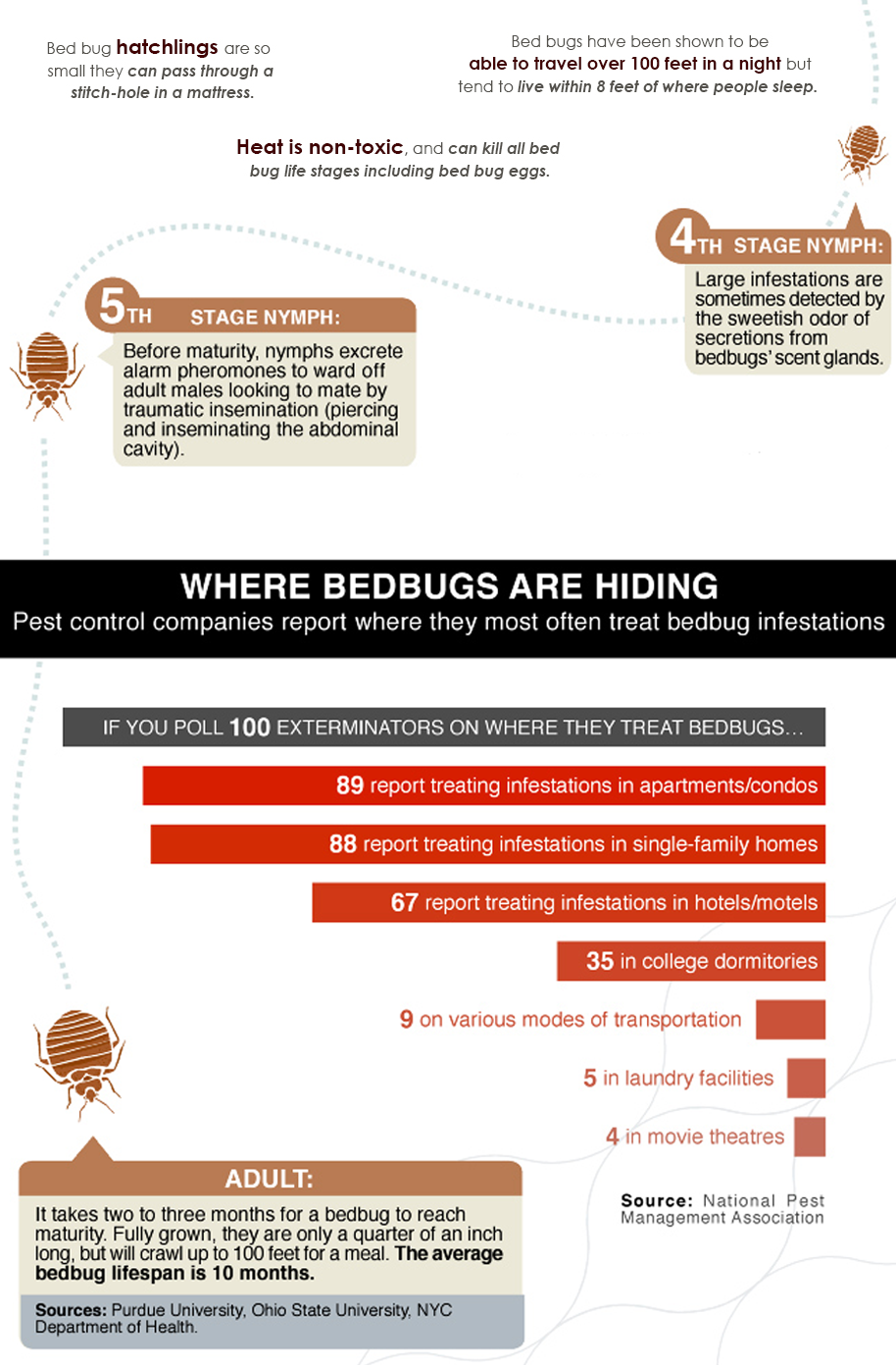
This is just some placeholder text. Click to edit it.
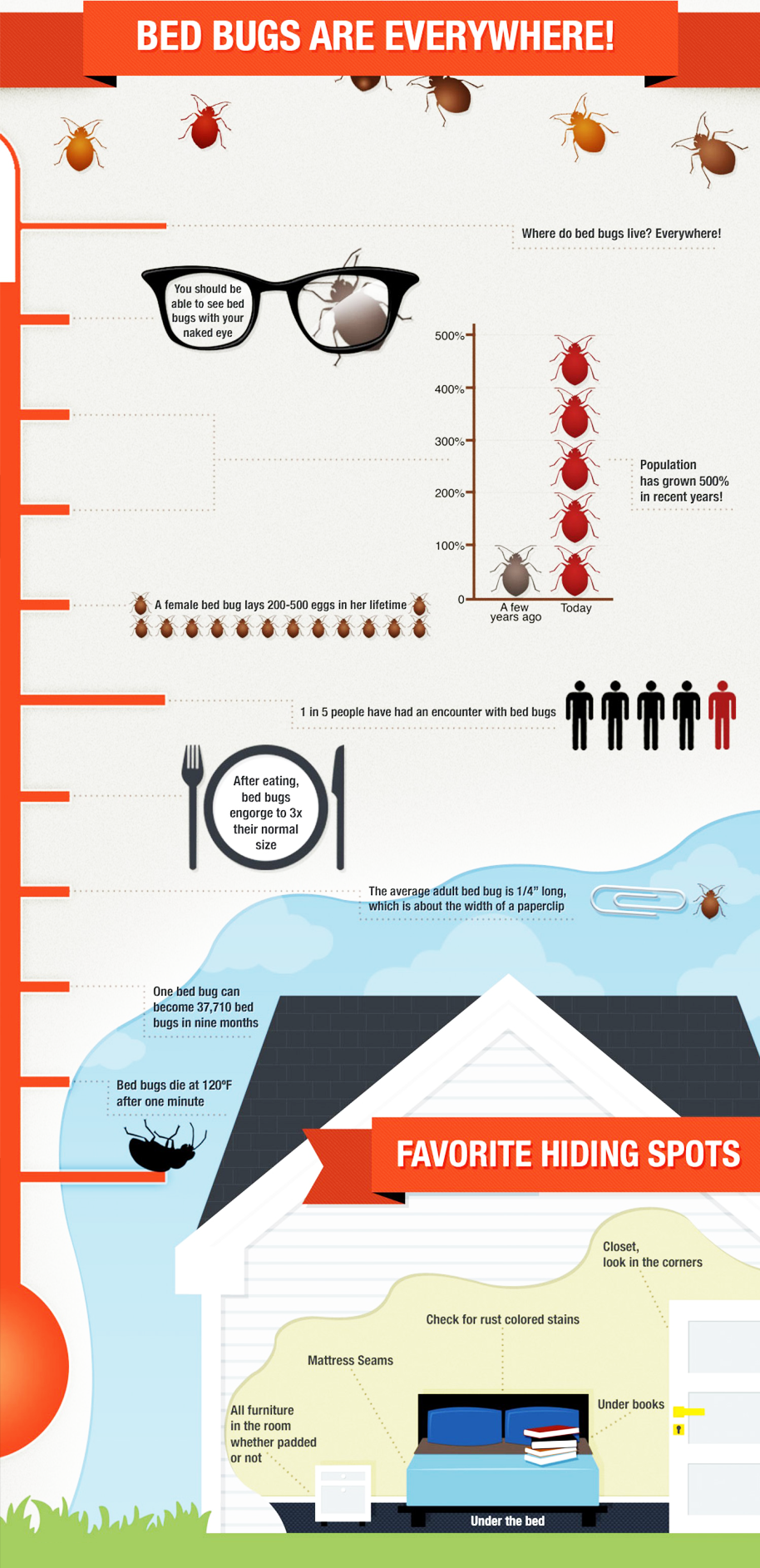
This is just some placeholder text. Click to edit it.
Biology
- Bed bugs are found living with humans worldwide.
- Bed bugs have five immature life stages before becoming adults (see image above). In order to shed their “skin” (molt) and grow to the next life stage, bed bugs must have a blood meal. In ideal conditions it takes about 37 days from when eggs are laid until the bed bugs become adults.
- Adult bed bugs are the size of an apple seed, while eggs are the size of the period at the end of this sentence.
- Bed bugs usually feed every 3-7 days.
- An immature bed bug or a male bed bug introduced into a home will not start an infestation, but one pregnant female can quickly reproduce.
- Females lay eggs anywhere they wander, either separately or in a group. Eggs can take 6-10 days to hatch.
- Bed bugs can survive for months without feeding, so they may be present in vacant, clean homes when new tenants unpack.
- A bed bug can survive for up to three months without feeding at room temperature. At cold temperatures they can survive much longer without feeding.
- It is usually drying out, rather than starving, that kills isolated bed bugs. If the moisture in the air is low, they will dry out much faster.
- Bed bugs can carry diseases within their bodies, but transmission to humans has not been found.
- Populations of bed bugs across the country have been found to be resistant to many common pesticides.
Behavior
- Bed bugs hide during the day, and typically feed at night.
- Bed bugs hide near areas where people rest for long periods of time, mostly on and around the bed. Couches, wheelchairs, and recliners are also common hiding places.
- Bed bugs like to hide in tight areas, such as cracks, crevices, under mattress tags, in box springs, and any place dark and sheltered. In these hiding places you can find eggs, all ages of bed bugs, shed “skins” (which look like empty bed bug bodies), and dark spots or stains, which are the dried droppings from the bugs.
- Bed bugs feed when their food source (host) is sleeping, usually at night. It takes 3-10 minutes for a bed bug to feed, but the bite is painless so people don’t know it’s happening.
- Reactions to bed bug bites vary widely, and one third of people may show no reaction at all.
- Bed bugs can be found on buses, on subways, in taxis, in movie theaters, in libraries and many other areas.
- Large infestations and disturbances such as pesticide applications can cause bed bugs to spread to other areas of the home, or to neighboring apartment.
Visible to the Naked Eye
1 to 37,710 in 9 Months
Affects 1 in 5 People
Bedbugs will readily travel 5-20 ft. from an established harborage to feed on a host. Although they seem to prefer humans, they readily feed on birds, rodents, or other mammals. Their life cycle from egg-to-egg may take four to five weeks under favorable conditions [e.g.,75-80% RH; 28-32ºC (83-90ºF)].
They can survive and remain active at temperatures as low as 7ºC (46ºF), if they are held at an intermediate temperature for a few hours, but their upper thermal death point is 45ºC (113ºF). Bed bugs are nocturnal but will seek hosts and feed in full daylight if hungry. Females attach their 1 mm-long, cylindrical (about four times as long as their diameter), pearly-white eggs to any nearby surfaces, usually in crevices (harborages), where the active bugs hide in groups or clusters. Each female may lay 1-3 eggs/day and 200-500 eggs during her adult lifetime (often 6-12 months or longer). Cast bed bug “skins” usually accumulate in harborages.
Common bed bugs maybe found in all temperate areas of the Northern and Southern Hemispheres, almost anywhere that humans have established homes. They thrive at temperatures and humidities that are considered comfortable by most people, who usually afford them ample blood meals and plenty of good harborage nearby. The tropical bed bug, Cimex hemipterus (Fab.), requires a higher average temperature than does the common bed bug. It is widespread at tropical and subtropical latitudes worldwide. In continental Europe, established infestations of this species are rare. In the Western Hemisphere, they are seldom found north of Mexico or Puerto Rico, or south of Peru or Brazil. Only occasional limited populations of this species have been found in Florida and Chile. Several species of bat bugs, swallow bugs, andother bird-feeding bugs occur in various north and south temperate regions and they may alsobite humans (Usinger 1966, Gold and Jones 2000, Krinsky 2009, Harlan et al. 2008, Doggett et al. 2012).

An individual bed bug can lay 200-500 eggs in her lifetime. The eggs hatch in about 6-10 days and the newly emerged bed bug nymphs seek a blood meal.
More training resources
See all
Basic residential wiring, how circuit breakers work and more.
Help you select the right heat treatment package based on your budget and needs.
Best practices for setting up heat treatment equipment
Paid Search work continues to contribute to our online commercial success. Raising the online…






